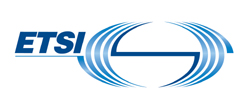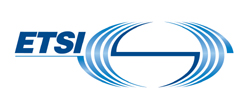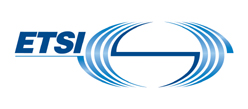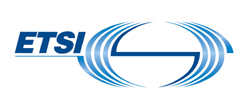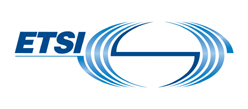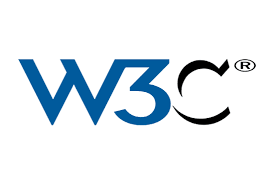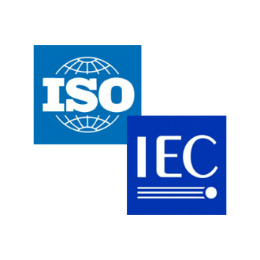Lightweight Messaging Protocol for Emergency Service accessibility (LMPE) extends a SIP SIMPLE based messaging service with session mode and facilities to redirect or transfer a chat. The mechanisms introduced in the present document differ from existing solutions like MSRP in a sense that no media plane is required. This reduces the functionality to chat, but requires less deployment effort and complexity (e.g. no intermediate services or relays in case of NAT), especially in a roaming use case. In addition, to further reduce complexity, the identification of a user is carried out via a device identifier only, such as a mobile phone number as with comparable chat services. In summary, it simplifies the implementation and thus can be used in simple mobile applications or even smart IoT devices and chatbots, which for example send or respond to messages automatically. The referred baseline specification (ETSI TS 103 479) already defines page mode messaging suitable for a single message exchange or a series of short messages similar to paging or SMS on a mobile device. Routing and mapping mechanisms (defined in ETSI TS 103 479 ) to determine the proper control room, are based on location information. Therefore a single message exchange is not practicable as caller location may change and lead to messages being routed to a different control room. The present document defines specific message types to group messages into sessions with routing and mapping only required at setup time. In addition the same principles are used to support supplementary services like chat redirect and transfer. Each mechanism is transparent to ETSI TS 103 479 [1] core services and requires only minor modifications to the PSAP interface.
ETSI TS 103 698 V1.1.1
